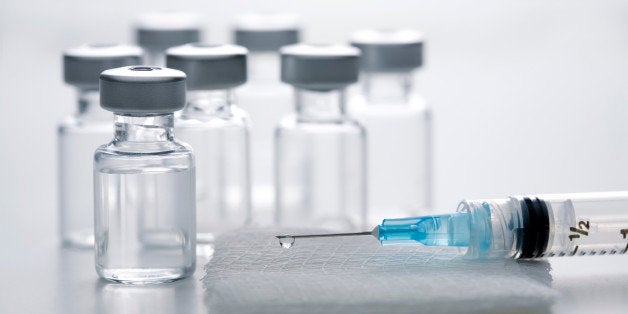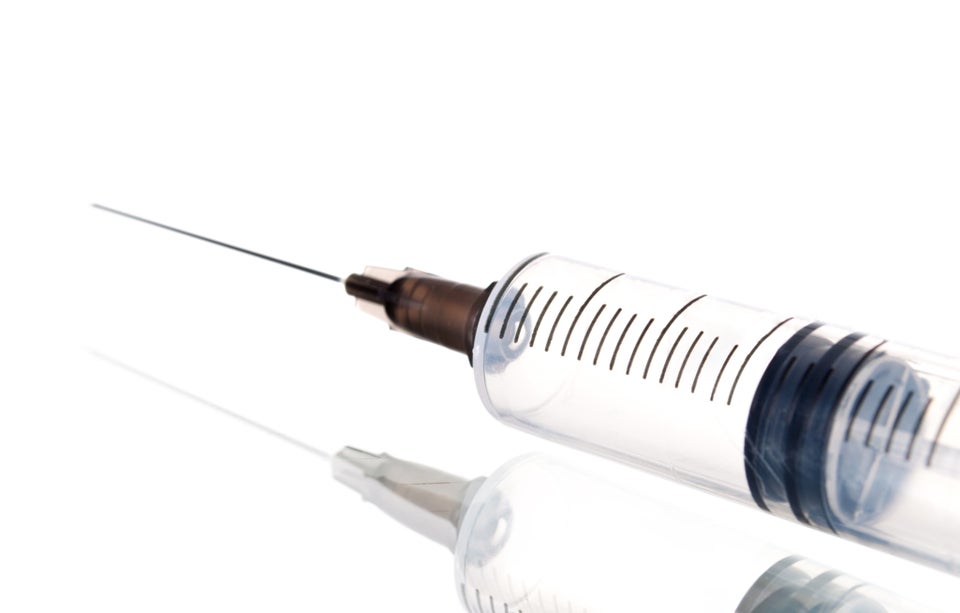
Despite being declared beaten in 2000, measles is back, due largely to declining vaccination rates in parts of the United States.
"We should not be in this boat," Dr. Pritish Tosh, an infectious diseases physician and researcher at the Mayo Clinic, told The Huffington Post. "This is a completely preventable disease."
That's because of the measles, mumps and rubella vaccine, which Tosh called "phenomenal" in its ability to protect large percentages of the general population.
The vaccine is one of several different vaccines, however, that are given in multiple doses. Children receive the first dose of the MMR vaccine between 12 and 15 months and the second before they go to school, around age 4 to 6.
Every vaccine ever created has to take many variables into consideration, he explained, including the individual pathogen or bug; how our immune systems respond to it; what parts of the bug can be used to generate an immune response that is protective in nature; and also how long that response will last. Because that equation is notably complex, sometimes a second (or third) dose is a good idea.
"Sometimes, if you take a large group of people with one vaccination you might expect 90 percent [to be protected]," he said. "But if you give a second dose, you may get up to 98 percent." Rather than testing the population to find the 10 percent not protected by the first dose, "what is probably a more straightforward strategy is just giving two doses to insure you have that high level of protection," he said.
Children's immune systems may not be developed enough to produce the kind of lasting immune response they need for a lifetime of protection, said Tosh. So some of the precise timing required for various vaccines takes into consideration "when you would expect a child to be able to actually generate protective immunity," he said.
But at any age, a second dose can help fine-tune a person's protection. "The first time you are presented with a pathogen, you generate an immune response," he said. "But then if you are presented with that same pathogen again a few years later, your immune system is able to produce a more specific and longer-lasting response in general."
Take, for example, the human papillomavirus (HPV) vaccine, which is administered in three doses. The second shot is given one to two months after the initial dose, and the third is given six months after the first. It's recommended for use in girls and boys at around ages 11 or 12 and up to age 26 in women and 21 in men, because we're less likely to generate the type of protective immunity we need after those ages, said Tosh.
That doesn't mean that a child who has had only a single dose of, say, the measles vaccine, is unprotected. "Some people may on one dose generate [a] long-lasting and very specific immune response. Some people may need two doses," said Tosh. "It's difficult to determine who those people are going to be." Which is why, he stressed, "I would recommend if people have not gotten their full initial complement of vaccines, to get their catchup doses."
